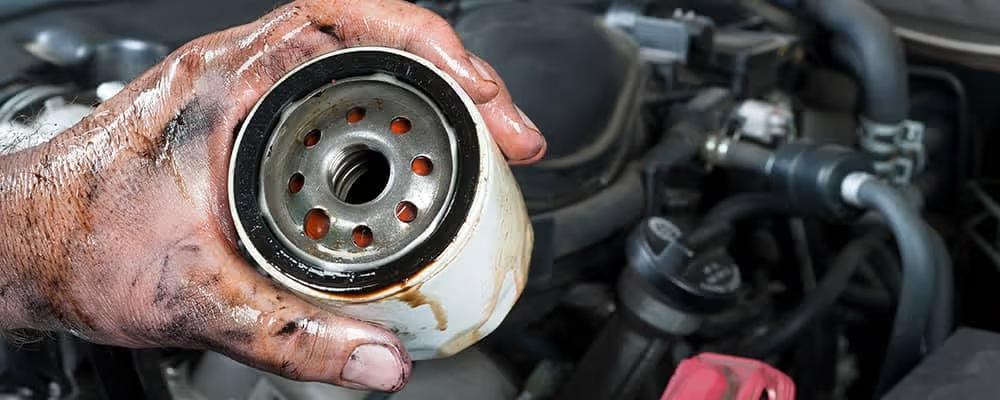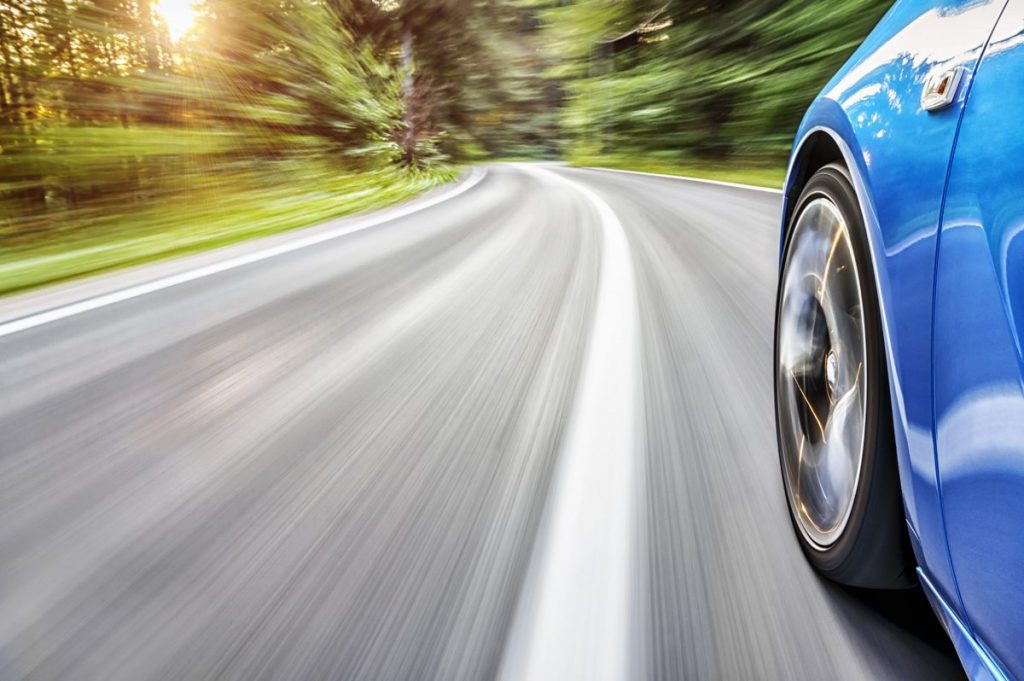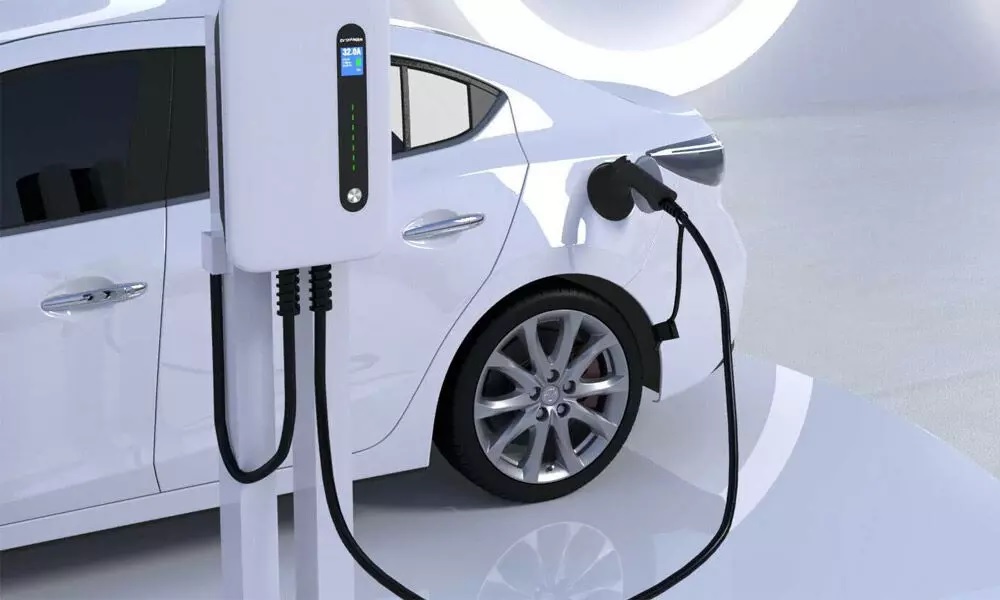The evolution of automotive energy storage has reached a defining moment, as the AGM battery emerges as the technological standard that bridges conventional lead-acid limitations with the demands of modern vehicle systems. In Singapore’s unique environmental and regulatory landscape, this transition represents more than mere technological advancement; it constitutes a fundamental shift in how vehicles manage increasingly complex electrical demands whilst navigating the constraints of tropical climate and urban density.
The Historical Context of Battery Technology in Singapore
Singapore’s automotive battery market reflects the broader transformation of the island nation from a regional trading post to a technological hub. The progression from conventional flooded batteries to sealed lead-acid variants, and ultimately to absorbed glass mat technology, mirrors Singapore’s evolution towards precision engineering and environmental consciousness.
The regulatory environment has driven this transformation through:
-
Land Transport Authority’s stringent emission standards
-
National commitment to carbon neutrality by 2050
-
Elimination of acid spillage risks in dense urban areas
-
Enhanced environmental responsibility requirements
“The shift to AGM technology isn’t merely about performance,” observes one veteran automotive technician who has witnessed three decades of battery evolution in Singapore. “It’s about adapting to a regulatory environment that demands both efficiency and environmental responsibility.”
Understanding AGM Technology’s Distinctive Architecture
The absorbed glass mat design represents a remarkable feat of engineering precision. Unlike conventional batteries, where acid flows freely between lead plates, AGM batteries employ a sophisticated fibreglass mat system that absorbs and immobilises the electrolyte. This seemingly simple modification produces cascading benefits that prove particularly valuable in Singapore’s challenging operational environment.
The sealed construction eliminates water loss through evaporation, a significant advantage given Singapore’s year-round temperatures that frequently exceed 30°C. Traditional batteries in this climate require regular maintenance and water top-ups, a requirement that AGM technology renders obsolete.
The technical advantages extend beyond mere convenience:
-
Superior vibration resistance is crucial for Singapore’s numerous construction zones and industrial areas
-
Reduced self-discharge rates that benefit vehicles experiencing irregular usage patterns
-
Enhanced deep-cycle capability supporting modern vehicles’ extensive electronic systems
-
Improved cold-cranking performance, though less relevant in Singapore’s tropical climate
Market Dynamics and Consumer Behaviour
Singapore’s automotive battery market operates within unique constraints:
-
Certificate of Entitlement system extends vehicle ownership periods
-
Luxury vehicle prevalence demands sophisticated electronic system support
-
Extended ownership cycles make battery longevity crucial
-
Premium technology gradually filters down to mainstream applications
-
Substantial price differentials remain compared to conventional alternatives
Installation and Compatibility Considerations
The transition to AGM technology presents specific requirements:
-
Modern vehicles increasingly specify AGM batteries as original equipment
-
Compatibility extends beyond physical dimensions to charging system requirements
-
Smart alternators and battery management systems require specific charging profiles
-
Professional installation is crucial to maintain hermetic seal integrity
-
Improper installation compromises primary advantages in tropical environments
Environmental Impact and Sustainability
AGM batteries align with Singapore’s sustainability objectives through:
-
Sealed design eliminates acid spillage risks
-
Improved efficiency reduces replacement frequency
-
Comprehensive recycling of lead and fibreglass components
-
Support for circular economy initiatives
-
Reduced dependence on imported raw materials
However, the environmental calculus includes trade-offs, as AGM batteries require more sophisticated manufacturing processes compared to conventional alternatives.
Technological Integration with Modern Vehicles
The intersection between AGM battery technology and modern automotive systems reveals the sophistication of contemporary vehicle design. Start-stop systems, now standard on many vehicles sold in Singapore, depend entirely on AGM technology’s deep-cycle capabilities and rapid recharge characteristics.
These systems automatically shut down engines during idling, common in Singapore’s traffic-heavy environment, then restart seamlessly when drivers accelerate. The battery must maintain electrical systems during these shutdown periods whilst providing reliable starting power, which demands that exceeds conventional battery capabilities.
Advanced driver assistance systems place additional electrical demands that AGM technology addresses more effectively than conventional alternatives. Lane-keeping assistance, adaptive cruise control, and automatic emergency braking systems require a consistent electrical supply that AGM batteries provide more reliably.
Economic Analysis and Value Proposition
The economic case for AGM technology in Singapore depends on several factors:
-
Initial costs typically exceed conventional batteries by 50-100%
-
Extended service life and reduced maintenance requirements
-
Improved reliability in demanding applications
-
Benefits are most pronounced in luxury vehicles with extensive electronics
-
Commercial vehicles with frequent start-stop cycles see significant advantages
-
Vehicles with irregular usage patterns benefit from superior deep-cycle characteristics
Future Implications and Market Evolution
Singapore’s automotive market stands at the threshold of broader electrification, with hybrid and electric vehicles comprising an increasing market share. This transition positions AGM technology as a bridge technology, providing enhanced performance for conventional vehicles whilst the infrastructure and economics of full electrification mature.
The government’s commitment to phasing out internal combustion engines by 2040 creates a finite but significant market window for advanced battery technologies. AGM batteries may represent the final evolution of lead-acid technology before the wholesale transition to lithium-ion systems.
As Singapore’s automotive landscape continues evolving, the choice between conventional and advanced battery technologies reflects broader questions about balancing immediate costs against long-term performance and environmental considerations. The informed consumer must weigh these factors carefully when evaluating AGM car battery options that will serve their specific requirements in Singapore’s unique operational environment.








